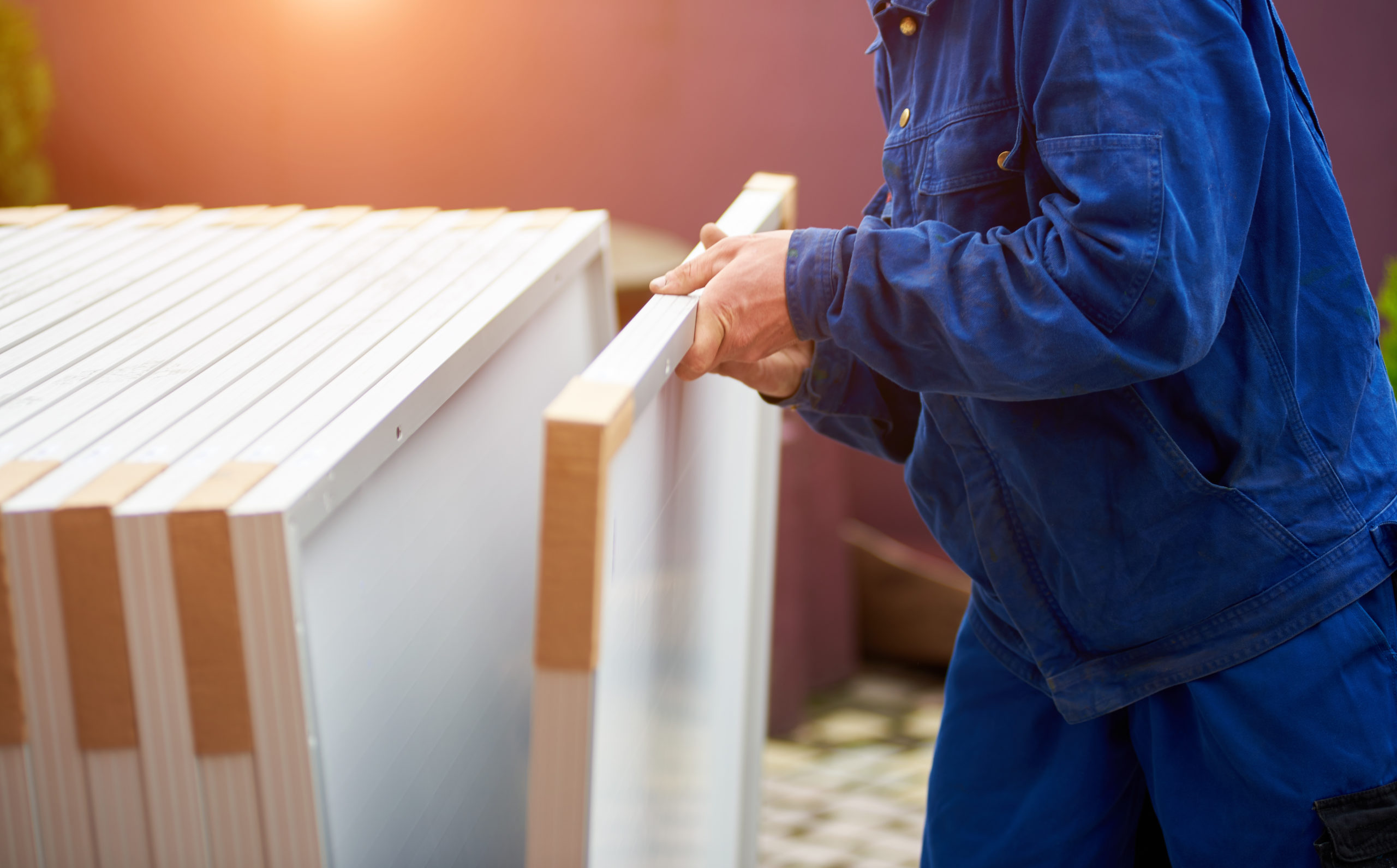There are two ways to connect solar panels to your home. You can connect the solar panel system to the grid or make it an off-grid system. The setups for the two types of systems will differ.
Grid-tied Solar Panels
Before doing anything with this type of system, you will need to connect the system to the electrical grid. For this, you will need to call your power company to send a licensed professional to do it for you as the electricity of the electrical grid is very dangerous to deal with yourself. Talk to your local power supply company to learn the perks of having a solar panel installation in your state including returning money to you for excess electrical power produced by the panels. Find some professional who can calculate how many panels you will need for your energy needs. Install the solar panels on the rooftop or another sunny and exposed place.
Connect the solar panels to an inverter that converts the DC current released from the panels into AC power that is used in most living areas. You can choose between a large inverter for all the panels or micro-inverters that are plugged into the individual panels. The individual inverters are great in the case of damage as you can easily find which panel is not working well.
In some states, you will need to additionally install a disconnect that separates the energy from the panels from the rest of the grid. This is for the sake of future repairs. Get your power company to insert power meters for your system that can measure the input and output current as well as the off-grid energy consumption.
After this, connect the inverter to the disconnect. Plug the disconnect into the main meter to allow extra electricity to run into the main system. If you want to collect your power, install batteries to the system. Make sure you have a charge controller that will protect them from overcharging.
Off-Grid Solar Panels
Install the chosen amount of panels. Get a charge controller for your batteries that will collect the extra power produced. This is so they do not overcharge. Connect this charge controller to the batteries if they run on DC current. If your batteries run on AC, you will have to connect them to your inverter first. Then you can convert the inverter to the power supply or connect the batteries to the power system of the home. Connect the inverter to the charge controller.
After this, you can connect the panels to the system by connecting them with the inverter. If the order is correct, the panels should be connected to the inverter which connects to the batteries. The batteries should be connected to the inverter which is connected to the electrical system of the home.







